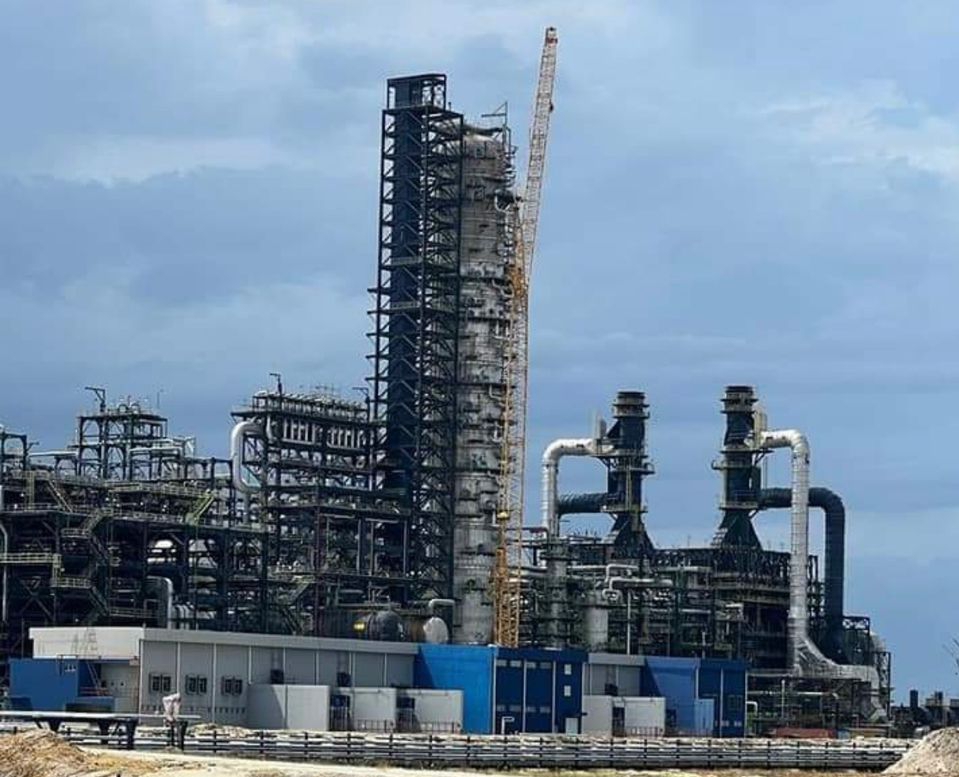The refinery has the capacity to refine 650,000 barrels of crude oil per day.
It would produce Euro-V quality gasoline and diesel, which are high-quality fuels.
The refinery would also produce jet fuel and polypropylene.
It was expected to reduce Nigeria’s reliance on imported petroleum products.
The project was estimated to cost $12 billion.
The construction of the refinery began in 2016.
The refinery covers an area of 2,635 hectares.
It had a crude oil storage capacity of 16 million barrels.
The refinery would create over 200,000 direct and indirect job opportunities.
It was expected to boost Nigeria’s economy by generating foreign exchange.
The refinery would also contribute to the development of Nigeria’s petrochemical industry.
It was designed to process a variety of crude oils, including those from the United States, Canada, and Nigeria.
The refinery has its own power plant, which would generate 650 MW of electricity.
The plant will be powered by gas, which is a cleaner source of energy.
The refinery would also have a fertilizer plant that will produce 3 million metric tonnes of urea per year.
The fertilizer plant would help to boost Nigeria’s agricultural sector.
The refinery would be able to meet Nigeria’s domestic demand for petroleum products.
It would also have the capacity to export petroleum products to other African countries.
The Dangote Petroleum Refinery and Petrochemicals is a game-changer for Nigeria’s oil and gas industry, and it is a testament to the country’s potential for growth and development.










